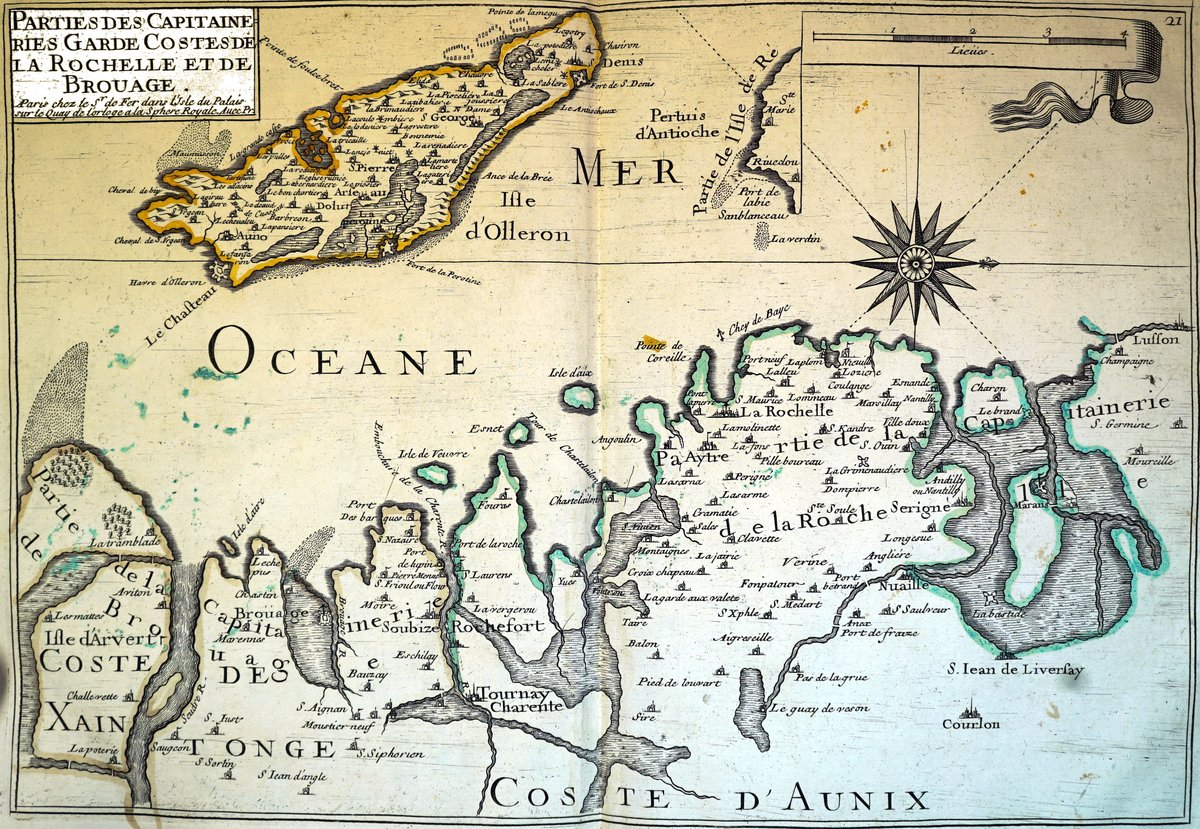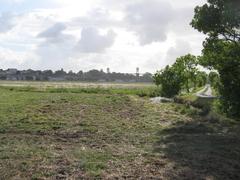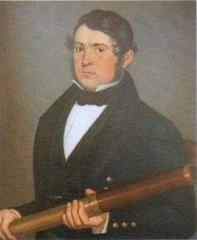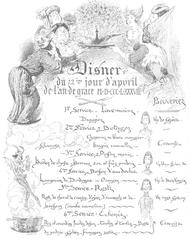
Comprehensive Guide to Visiting Quai Auriol Roy Bry, Rochefort, France
Publication Date: 24/07/2024
Introduction
Welcome to Rochefort, a captivating town in France brimming with maritime history and cultural richness. Established in 1666 by King Louis XIV and his minister Colbert, Rochefort was strategically positioned to enhance France’s naval prowess during an era of intense maritime rivalry with European powers like England, Spain, and the Netherlands (France Revisited). This guide will take you on an in-depth journey through Rochefort’s historical treasures, focusing on key landmarks such as the Quai Auriol Roy Bry, the Naval Arsenal, and the School of Naval Medicine. Discover the fascinating story of the frigate Hermione, explore the unique Rope Factory, and delve into the life of Pierre Loti, one of France’s most celebrated novelists. With practical insights on visiting hours, ticket information, and travel tips, this comprehensive guide aims to enrich your visit and ensure you experience the best of Rochefort’s maritime heritage.
Table of Contents
- Introduction
- The Creation of Rochefort
- The Naval Arsenal
- The School of Naval Medicine
- The Hermione
- The Rope Factory
- The Decline and Legacy of the Naval Arsenal
- Pierre Loti
- The Charente Estuary
- Market Day in Rochefort
- The Arch of Triumph
- The Ile d’Aix
- Visitor Information
- Conclusion
Explore Rochefort - History, Visiting Hours, and Tickets for Quai Auriol Roy Bry
The Creation of Rochefort
Rochefort, a town with a rich maritime history, was established in 1666 by the decree of Louis XIV and his minister Colbert. The primary purpose of its creation was to bolster France’s naval capabilities during a time when European powers like England, Spain, Portugal, and the Netherlands were expanding their maritime empires. The location of Rochefort was strategically chosen for its proximity to major commercial ports such as Nantes, La Rochelle, and Bordeaux, while being defendable due to its position upriver from the Atlantic Ocean (France Revisited).
The Naval Arsenal
The establishment of the Rochefort naval arsenal marked the beginning of a significant maritime enterprise. The arsenal brought together various trades essential for shipbuilding and naval operations. The town was meticulously planned with 14 east-west streets and 10 north-south streets, creating a grid layout that facilitated the organization and operation of the naval base (France Revisited).
The School of Naval Medicine
In 1722, Rochefort became home to the world’s first School of Naval Medicine. This institution played a crucial role in training surgeons who would care for sailors and participate in scientific expeditions with the French navy. The school operated for 240 years, contributing significantly to advancements in naval medicine. The building that housed the school now serves as the Naval Medicine Museum, preserving the history and achievements of this pioneering institution (France Revisited).
The Hermione
One of Rochefort’s most notable contributions to maritime history is the construction of the frigate Hermione in 1778. This 213-foot ship played a pivotal role in the American Revolutionary War. In March 1780, the Marquis de Lafayette embarked on the Hermione to deliver news of France’s military support to General Washington. The ship’s journey symbolized the strong alliance between France and the American colonies. The Hermione later participated in battles in India before being wrecked in the Mediterranean in 1792. Today, a reconstruction of the Hermione can be visited in Rochefort, allowing visitors to witness the craftsmanship involved in its creation (Europe Up Close).
The Rope Factory
Another significant historical site in Rochefort is the Rope Factory, known as the Corderie Royale. This impressive structure, built in the 17th century, was essential for producing the ropes needed for the French navy. The factory’s location along the Charente River facilitated the transportation of raw materials and finished products. The Corderie Royale is now a museum that offers insights into the history of rope-making and its importance to naval operations (France Revisited).
The Decline and Legacy of the Naval Arsenal
Over time, Rochefort’s prominence as a naval arsenal fluctuated. It was eventually overshadowed by other naval bases such as Brest in Brittany and Toulon in the Mediterranean. Despite this, Rochefort maintained its role in French maritime history for 250 years. The town’s naval heritage is preserved through various museums and historical sites that continue to attract visitors interested in maritime history (France Revisited).
Pierre Loti
Rochefort is also the birthplace of Pierre Loti, one of France’s most celebrated novelists of the late 19th and early 20th centuries. Loti, whose real name was Julien Viaud, was a naval officer, diplomat, and world traveler. His family home in Rochefort, known as the Maison de Pierre Loti, is a museum that showcases his eclectic tastes and adventurous spirit. The house features a unique blend of Gothic, Turkish, and Indian decor, reflecting Loti’s fascination with different cultures. Although the house is currently closed for restoration, it remains a significant cultural landmark in Rochefort (Europe Up Close).
The Charente Estuary
The Charente Estuary, where Rochefort is located, has played a vital role in the town’s history. The estuary’s mix of fresh and saltwater created an ideal environment for oyster farming and seafood production. This natural resource contributed to the local economy and provided sustenance for the town’s inhabitants. Today, visitors can enjoy the estuary’s scenic beauty and sample its renowned seafood, including oysters and giant shrimp (Europe Up Close).
Market Day in Rochefort
Market day in Rochefort is a vibrant event that showcases the town’s agricultural and culinary heritage. Held in Place Colbert, the market features a wide array of fresh produce, cheeses, olives, bread, and wines. Stall keepers are generous with samples, allowing visitors to taste their way through the market. Street entertainers add to the lively atmosphere, making market day a memorable experience for both locals and tourists (Europe Up Close).
The Arch of Triumph
The Arch of Triumph is another notable landmark in Rochefort. This historical monument serves as a gateway to the old town, where visitors can explore narrow streets lined with period buildings. Many of these buildings have been converted into galleries, boutiques, and shops selling antiques, maps, and naval memorabilia. The Arch of Triumph is a testament to Rochefort’s rich architectural heritage and its enduring charm (Europe Up Close).
The Ile d’Aix
Located just offshore from Rochefort, the Ile d’Aix holds historical significance as the site where Napoleon Bonaparte surrendered to the British in 1815. This event marked the end of Napoleon’s reign and his subsequent exile to Saint Helena. Visitors can take a ferry from Fouras to the Ile d’Aix, where they can explore the island’s historical sites and enjoy its natural beauty (Europe Up Close).
Visitor Information
Visiting Hours and Tickets
- Quai Auriol Roy Bry - Open daily from 9 AM to 6 PM.
- Naval Medicine Museum - Open Tuesday to Sunday, 10 AM to 5 PM.
- Corderie Royale - Open daily from 10 AM to 6 PM.
- Hermione Reconstruction - Open daily from 9:30 AM to 6:30 PM.
Ticket prices vary by site, with discounts available for students, seniors, and groups. It’s recommended to check the official websites for the latest information on opening hours and ticket prices.
Travel Tips
- Accessibility - Most historical sites are accessible to visitors with disabilities. It’s advisable to check ahead for specific accessibility features.
- Nearby Attractions - Don’t miss the Jardin des Retours, a beautiful garden near the Corderie Royale, and the Musée des Commerces d’Autrefois, which offers a glimpse into 19th and early 20th-century shops.
- Accommodation - Rochefort offers a range of accommodations from charming bed and breakfasts to modern hotels.
Conclusion
Rochefort stands as a testament to France’s rich maritime history, offering visitors a unique glimpse into the past. From the strategically established naval arsenal to the pioneering School of Naval Medicine, the town’s historical sites provide a fascinating journey through time (France Revisited). The reconstruction of the Hermione and the preservation of the Rope Factory further underscore Rochefort’s significant contributions to naval craftsmanship and innovation (Europe Up Close). Additionally, the vibrant market day, the scenic Charente Estuary, and nearby attractions like the Ile d’Aix enrich the visitor experience, making Rochefort a must-visit destination for history enthusiasts and casual explorers alike. Whether you’re drawn by the town’s storied past, its cultural landmarks, or its culinary delights, Rochefort promises an engaging and memorable visit. Ensure you check the visiting hours and ticket information to make the most of your trip and immerse yourself in the captivating maritime legacy of this remarkable town.





